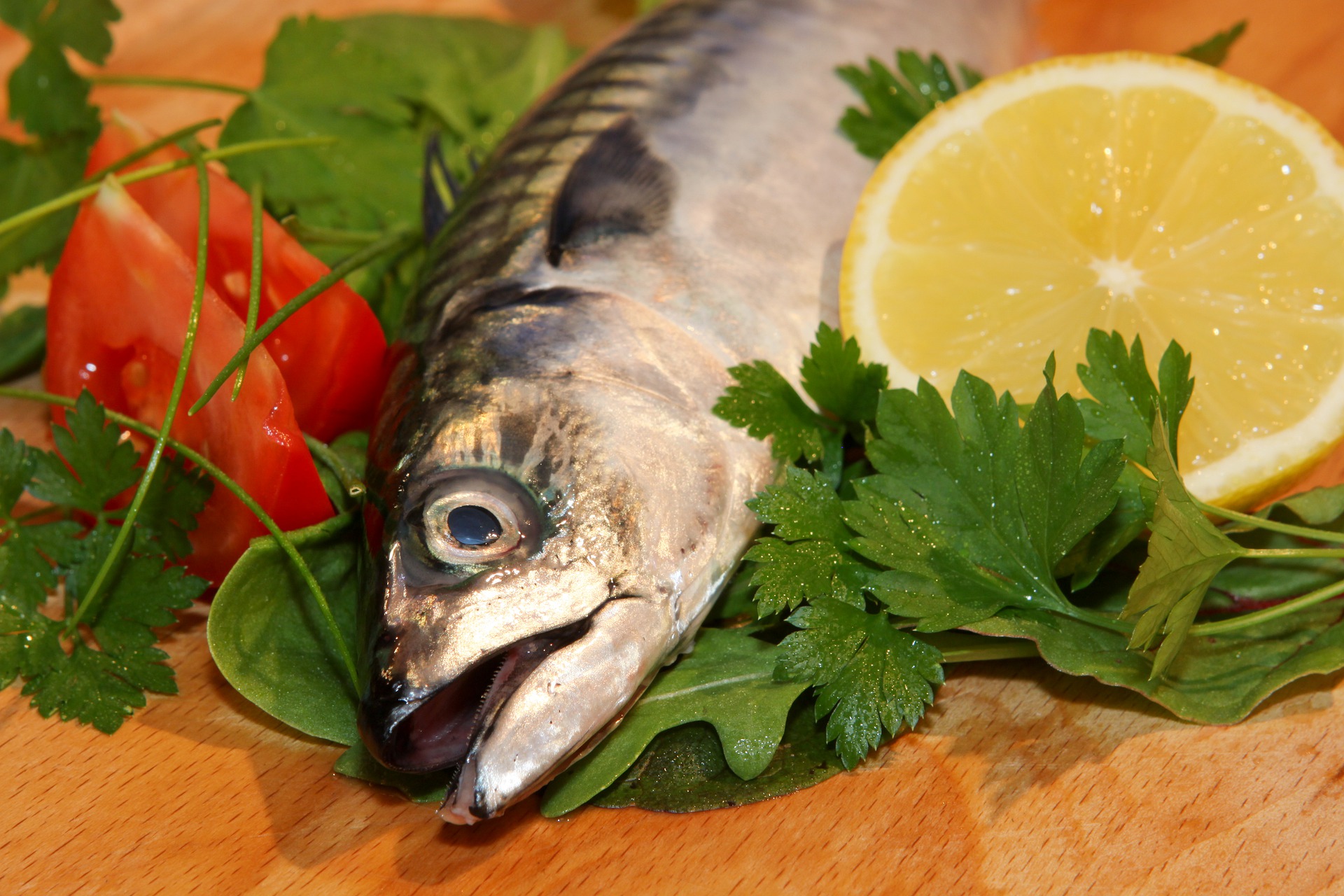Foods that lower cholesterol is divided into 5 groups.
The five food groups are divided by characteristics: rich in fibre; rich in polyunsaturated fatty acids (PUFA) essential (AGE) Omega 3; rich in PUFA-AGE Omega 6; rich in PUFA Omega 9; added in sterols and vegetable stanols.
Food group with dietary fibre
Foods with dietary fibre are plant foods, i.e., vegetables, fruits, cereals (especially whole grains), legumes and mushrooms; the fibrous component that has the greatest effect on cholesterol levels is the “soluble,” and the daily amount of dietary fibre consumed in the diet should be about 30 g (soluble + insoluble).
Omega-3 food group
Foods rich in omega-3 fatty acids improve the metabolism of all lipids transported in the blood, from cholesterol to triglycerides. In addition, they contribute to the reduction of cardiovascular risk due to their anti-thrombotic, anti-inflammatory and anti-hypertensive functions. The omega-3 family includes: Alpha-linolenic acid (ALA) or 18:3-Omega-3, found mainly in plant foods (soy, flax, walnut, kiwi, etc.); Eicosapentaenoic acid (EPA) 20:5-Omega-3, found mainly in foods of animal origin (oils and meat of blue and cold fish); Docosahexaenoic acid (DHA) 22:6-Omega-3 (again, oils and meat of blue and cold fish).
Omega-6 food group
Foods rich in omega-6 also improve endogenous cholesterol metabolism. Omega-6 fatty acids can lower total cholesterol levels without distinguishing between LDL and HDL. All omega-6 polyunsaturated fatty acids are found mainly in seeds and nuts (nuts, almonds, hazelnuts, sunflower seeds, peanuts, pistachios, pumpkin seeds, etc.), seed oils, nuts and legumes.
Omega-9 food group
Foods rich in omega-9 have a selective effect on cholesterol levels, reducing only LDL and triglycerides (VLDL) and maintaining or even increasing the amount of HDL circulating in the body; omega-9 fatty acids are predominantly found in olives and virgin olive oil.
Food group with added sterols and vegetable stanols
Foods rich in plant sterols and stanols are fortified, or dietary, foods. Sterols and stanols (e.g., phospholipid lecithin) bind cholesterol (preferably together with dietary fibre) and impede intestinal absorption; 2 milligrams (mg) of sterols and/or stanols per day (contained in about 2 dietary-added yogurts or two glasses of orange juice of the same category) can reduce LDL cholesterol by up to 10% of the total while leaving HDL levels intact.
- source: salutisticamente.it/picture: Bild von Ioan Timsa auf Pixabay
This post has already been read 1947 times!



